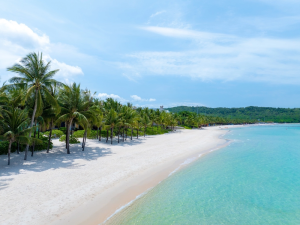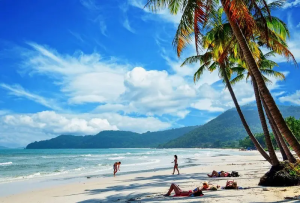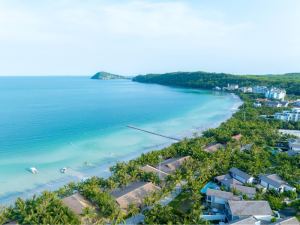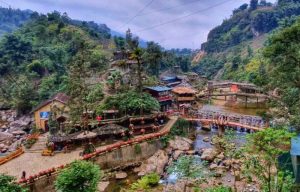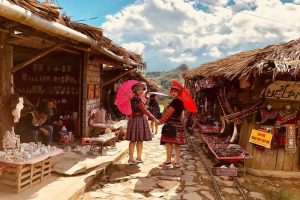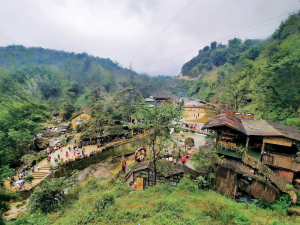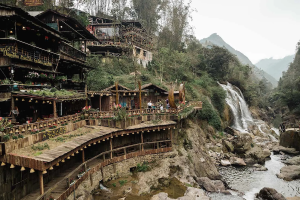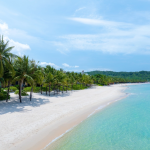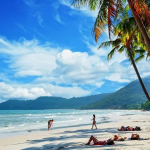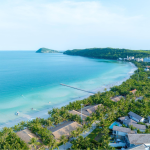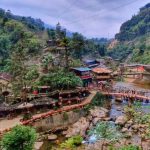Featuring the natural scenic beauty of the majestic mountains in the Northwest, and the cultural diversity of its ethnic groups, Sapa is an ideal destination for international tourists. ‘Where is Sapa in Vietnam?’ is a common question among international visitors who are first-time travelers to Vietnam. Lilys’ Travel will answer that question for you.
Introduction to Sapa – Vietnam

Sapa is a famous tourist destination in Northern Vietnam and is renowned throughout the country. It is a town located in Lao Cai Province, within the Northwestern region. This region is known for its mountainous terrain featuring mountain ranges, high peaks, and challenging landscapes. Sapa is home to Phanxipang – the highest peak in Vietnam, often referred to as “the Roof of Indochina.”
In Northern Vietnam, Sapa is one of the most popular tourist attractions, drawing numerous domestic and international visitors. The town is celebrated for its natural beauty, endowed with lush forests, white clouds, and unique landscapes. Additionally, Sapa is recognized for its cultural diversity, being the residence of several ethnic minorities. Therefore, visitors to Sapa have the opportunity to experience its unique culture, making it a magnet for foreign tourists.
The Origins of the Name “Sapa”
Before exploring where Sapa is located in Vietnam, let’s delve into the origin of the place name “Sapa.”
The name “Sa Pa” originates from Mandarin, where it is pronounced as “Sa Pả” or “Sa Pá,” which translates to “bai cat.” In the past, this area only had a sandbank where the local community typically gathered for a market. The term “Sa Pả” can be interpreted as “bai cat.” Additionally, “Sa” could also be a transliteration of the Chinese word “Sha,” meaning “cat.” Westerners pronounced it without tones as “SaPa” and wrote it in French as “Cha Pa.”
Subsequently, “Cha Pa” was adopted as a Vietnamese word, and eventually standardized as “SaPa.” The town of Sa Pa is also known for its murky red streams referred to as “hùng hồ,” meaning “suối đỏ.”
Read more: Muong Hoa Stream- “the present of the Vietnam natural” that you only see in Sapa
Where is sapa in Vietnam?
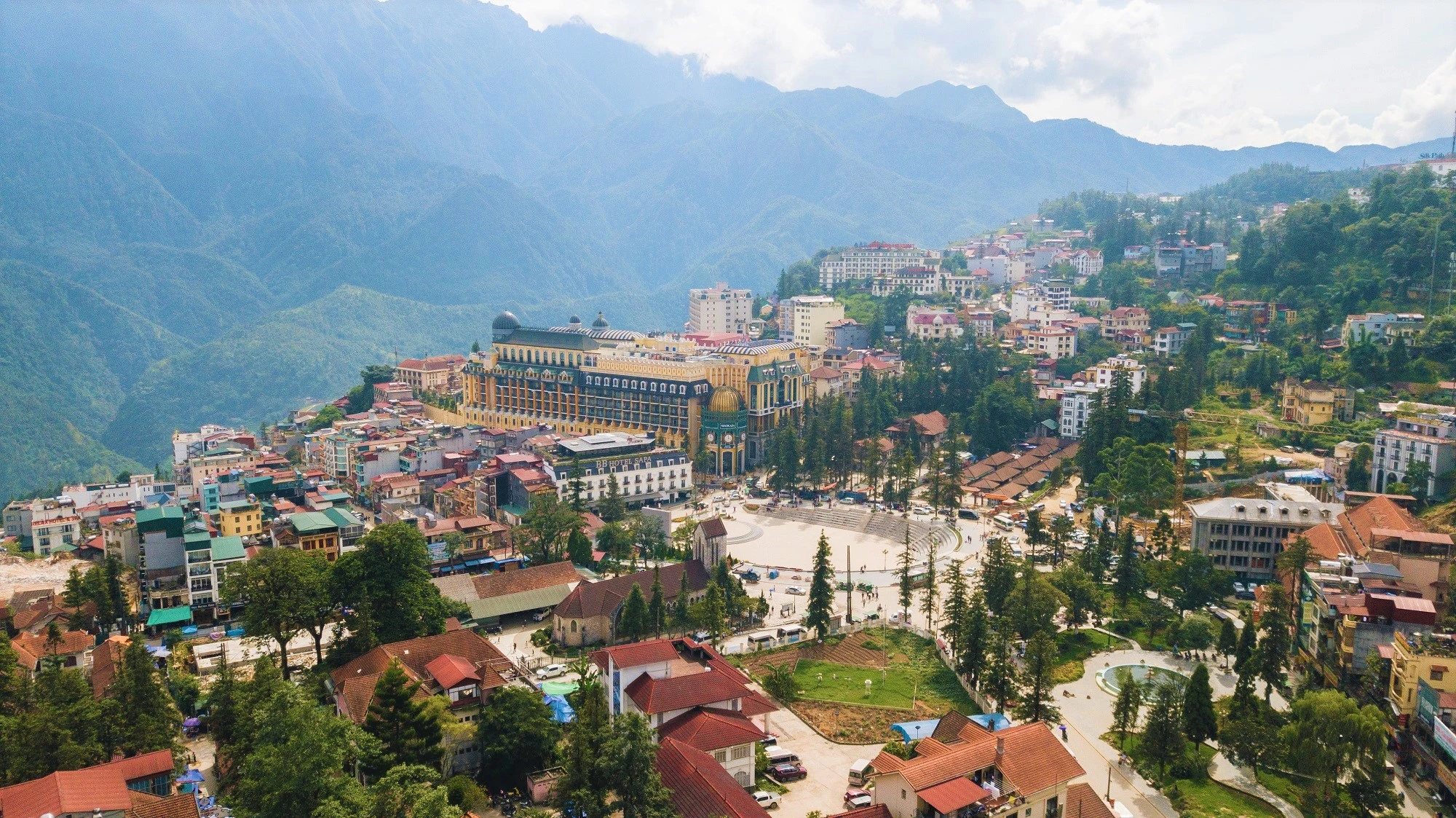
Where is sapa in Vietnam? Sapa is a highland district in Lào Cai Province, located in the northwest of Vietnam. To date, Sapa is an attractive destination for tourists, especially foreign visitors. The town of Sa Pa is situated at an altitude of 1,600 meters above sea level, 38 kilometers from the city of Lào Cai, and 376 kilometers from the capital city of Hanoi.
You can reach Sapa via the main road from Lào Cai city, but there is also another route, the National Road 4D, which connects from Bình Lư commune in Lai Châu, facilitating convenient travel.
With an area of approximately 678.6 square kilometers, Sa Pa is primarily inhabited by ethnic groups including the Tày, Giáy, Xá Phó, Hmong, Dao, Kinh, and Hoa. This region is not only known for its breathtaking natural landscapes but also for the creativity of its people, along with its hilly terrain and the green of the forests, creating a harmonious and poetic picture.
Sapa is also famous for its floating clouds, making the town appear mystical like a city in the fog, attracting visitors as if they are stepping into a fairy-tale world. With its unique climate and diverse hues, Sa Pa is an unmissable destination for those who love exploring and enjoying the beauty of nature.
How to Travel to Sapa
After learning about “Where is Sapa in Vietnam?”, you should gather more information on how to travel to Sapa. Typically, international visitors will fly to Vietnam and then begin their journey to Sapa. Usually, international travelers will fly to Noi Bai Airport in Hanoi and then choose from various transportation options to Sapa.
Traveling by Coach

The coach is the most popular mode of transportation to Sapa chosen by many travelers due to its safety and time efficiency. There are numerous long-distance coach services operating from various provinces in the delta to Sapa, allowing travelers to choose a reasonably priced option.
Traveling by motorcycle or personal car

Traveling by motorcycle or personal car allows tourists to be more independent and flexible. However, this mode of transportation is not really suitable for foreign tourists. The route from Hanoi to Sapa is quite challenging, so it is not safe for tourists to drive themselves. If tourists are accustomed to long-distance driving and can handle rugged terrain, they may choose this mode of transport for a new experience.
Traveling by train
Taking a train to Sapa is also a popular choice. If traveling by train, tourists will depart from Hanoi station and arrive at Lao Cai station. From Lao Cai station, you can take a taxi to the town of Sapa.
Important Information you need to know when visiting Sapa
Before visiting Sapa, travelers should understand the basic information about the climate and weather of this region.
Climate and Weather in Sapa
Sapa’s climate is unique due to the influence of its terrain and latitude. The temperature in Sapa varies with altitude, making it cooler than other provinces in the northern region. The average temperature in Sapa throughout the year is about 15 degrees Celsius.
In the summer, Sapa usually enjoys a cooler and more pleasant climate compared to neighboring areas, which attracts tourists for sightseeing and relaxation. However, in the winter, Sapa becomes colder and even experiences snowfall at some locations. The uniqueness of snowfall has drawn the attention of many tourists, making winter also an ideal time to visit Sapa.
Sapa Climate in Spring
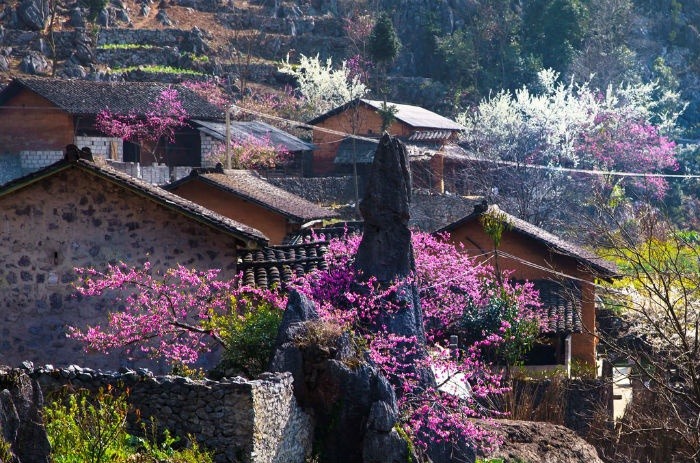
Spring spans from February to May. Generally, spring in Sapa tends to start later than in other provinces. At the beginning of spring, the temperature in Sapa typically ranges from 10 to 16 degrees Celsius.
For international travelers, we recommend visiting Sapa in spring as it can be considered the most beautiful time of the year. During spring, locals lead water into the terraced fields, creating an incredibly impressive landscape. This is also the season when peach and plum blossoms beautifully adorn the hillsides of Sapa.
Summer Climate in Sapa
During the summer in Sapa, a famous tourist destination in Northern Vietnam, the climate offers a unique experience compared to other regions of Vietnam. This is an ideal time to visit Sapa due to its cool and refreshing weather, which contrasts sharply with the sweltering heat experienced during the summer in the plains and coastal provinces. From May to early August, temperatures in Sapa are quite pleasant, ranging from about 20 to 25 degrees Celsius during the day. This creates ideal conditions for outdoor activities and exploring the mountainous region. At night, temperatures drop to between 13 and 15 degrees Celsius, making the air crisp and perfect for resting and recharging after a day of activity.
Autumn Climate in Sapa
Autumn in Sapa begins from late August to the end of November and is a time cherished by many international tourists for its clean and cool air. During this period, temperatures in Sapa vary from 10 to 28 degrees Celsius, providing a comfortable atmosphere suitable for outdoor activities. Early in the autumn season, the humidity is relatively high, and rainfall reaches its peak for the year. If you plan to visit Sapa at the start of autumn, you should closely monitor the weather forecast to ensure safety and avoid inconveniences caused by adverse weather. Autumn is also the season when the rice fields ripen in Sapa, turning the terraced fields into a shimmering golden color, creating a picturesque and characteristic landscape. This is an ideal time to admire the scenery and take photographs. Additionally, visitors can participate in local cultural activities and explore the daily life of the ethnic minority communities in the area.
Winter Climate in Sapa
The winter climate in Sapa is typically very cold and damp. Temperatures often hover below 10 degrees Celsius, especially in December when they can drop to their lowest, sometimes below 0 degrees Celsius. In particularly cold years, Sapa may experience snowfall.
The wet weather and dense fog are common features of the winter season in Sapa, which attract many tourists looking to experience this chilly atmosphere. However, Sapa also has beautiful sunny days during winter, providing ideal conditions for sightseeing and exploring this mountainous region.
Read more: Explore Lao Chai Village Sapa – A beautiful village amidst the mountains of Sapa
Cultural Diversity
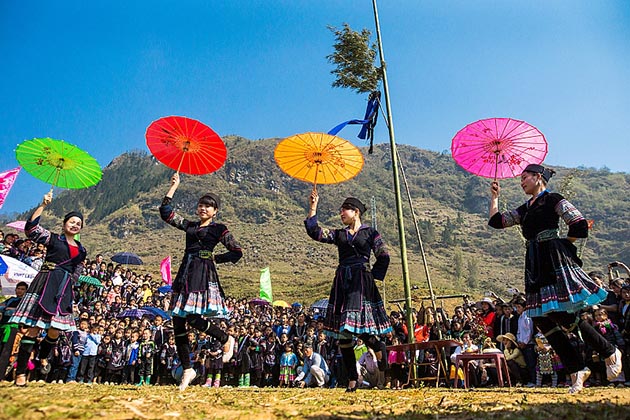
Sapa is not only renowned for its stunning natural scenery but also for the unique cultural aspects of its many ethnic minorities. Visitors have the opportunity to explore the distinctive cultural traits of ethnic groups such as the H’Mong, Dao, Tay, and many others.
One of the cultural highlights in Sapa is the local market, a bustling hub of buying, selling, and trading goods, and a meeting place for both locals and tourists. The local market is always crowded, offering an exciting experience for foreign visitors. It’s not just a place for shopping but also an opportunity to immerse in and learn about the culture, customs, and practices of the ethnic minorities.
Besides the local markets, market sessions are also popular attractions for visitors. At these markets, local people bring their handicrafts for trade and sale. Strolling through and participating in these markets not only provides shopping opportunities but also chances to interact, converse with the locals, and learn more about Sapa’s unique culture.
What is the best month to visit Sapa?
The best time to visit Sapa is from March to May or from September to November. During these months, Sapa features mild weather and a pleasant atmosphere with warm sunlight during the day and cool climate in the evening. Particularly from March to May, you can also enjoy the sight of vibrant flower valleys and lush green vegetable fields. This provides an excellent opportunity to participate in outdoor activities and experience the natural beauty of Sapa.
Thus, Lilys’ Travel has answered the reader’s question “Where is Sapa in Vietnam?”. Lilys’ Travel is a leading travel company offering Vietnamese tourism services to international visitors. With over 15 years of operation, Lilys’ Travel is proud to be a reliable destination for millions of tourists. If you choose Sapa, Vietnam as your next travel destination in your journey of world exploration, please contact Lilys’ Travel immediately at hotline +84 931152368 for our support and advice! Readers can also explore more of our exciting Northern Vietnam tours.



